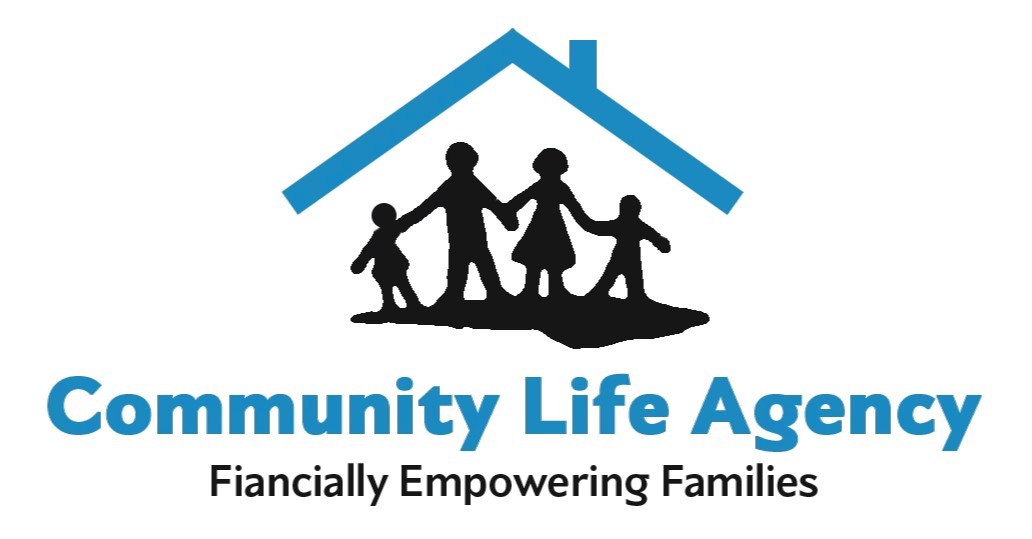Life Insurance Overview: Life insurance is an important financial tool that can provide peace of mind and financial security for you and your loved ones. In this blog post, we'll explore what life insurance is, why it's important, and the different types of life insurance available. What is life insurance? Life insurance is a contract […]
How to Read Health Insurance Terms Without Getting Confused!

How to Read Health Insurance Terms Without Getting Confused!
Buying health insurance words can feel overwhelming. The good news is that you only need a few key terms to read a plan with confidence. Use this simple guide and you’ll spot costs, rules and value in minutes.
1. Premium
The premium is the fixed monthly amount you pay to maintain your health insurance. Think of it as a membership fee that guarantees your coverage continues without interruption. Missing payments could cancel your plan, so it’s one of the most predictable and important costs to plan for.
2. Deductible
Your deductible is the total you must spend out of pocket each year before your plan begins to share costs with you. For example, if the deductible is $2,000, you’ll pay that much first for covered services. After crossing that limit, the insurer starts paying its share, which eases your financial burden.
3. Copay vs. Coinsurance
A copay is a set fee, like $30 for a doctor’s visit, that you pay at the time of service. Coinsurance, however, is a percentage of the total bill you’re responsible for once the deductible is met, such as 20%. Both affect how much you’ll spend, and understanding the difference helps you avoid surprises.
4. Out-of-Pocket Maximum (OOPM)
The out-of-pocket maximum is the cap on what you’ll ever pay in a year for covered services. Once you reach this limit, your insurance company pays 100% of all remaining costs. This feature protects you from overwhelming bills during serious or unexpected medical situations.
5. Network
A network consists of a group of doctors, hospitals and clinics that have agreements with your insurer. Using in-network providers usually means lower costs and fewer billing issues. While HMO plans may require you to see a primary care doctor first, PPO plans give you more freedom to visit specialists directly.
6. Prior Authorization
Some treatments, procedures or medicines require advance approval from your insurance provider. This step, called prior authorization, ensures the care is medically necessary and covered under your plan. Without it, you may be responsible for the full bill, so it’s always best to confirm before receiving care.
7. Formulary and Drug Tiers
Every plan has a formulary, which is its list of approved prescription drugs. These are divided into tiers that show how much you’ll pay, with lower-tier drugs being more affordable. Talking to your doctor about choosing lower-tier options can help you save money without compromising your treatment.
8. Explanation of Benefits (EOB)
After you receive care, your insurer sends an Explanation of Benefits. This document outlines the provider’s charge, the amount the insurer paid, and what you may still owe. It’s not a bill, but a helpful record that lets you see exactly how your plan handled the claim.
A quick 5‑step reading method
- Open the Summary of Benefits and Coverage.
- Circle the deductible and the out‑of‑pocket max.
- Check your doctors and hospital in‑network status.
- Look up your regular meds in the formulary.
- Scan rules for referrals and prior authorization.
You don’t need to memorize every term. Focus on the few that drive your costs and access. When you can read a plan clearly, you can pick coverage that fits your health and your budget, making your insurance work for you, not the other way around.
Contact Us To Know More
Long-Term Care vs Health Insurance—Know the Difference!
Many people believe health insurance and long-term care insurance offer the same type of support. In reality, they serve two very different needs. Understanding the difference helps you plan ahead and protect your family from large unexpected expenses. As people live longer, the need for long-term care planning continues to rise in the United States. […]
How to Spot Early Signs of Eye Fatigue (and Fix Them)!
Eye fatigue has become very common as more people spend long hours on screens for work, study and entertainment. Tired eyes can affect your focus, work quality and even your mood. Many people ignore early signs until the discomfort becomes difficult to manage. The good news is that noticing symptoms early and taking simple steps […]
